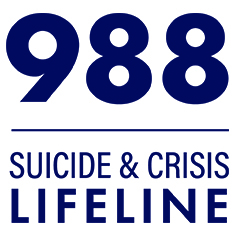Nonsuicidal Self-Injury among U.S. Adolescents
July 20, 2018
A study of high school students in 11 U.S. states found that nearly 18% had engaged in at least one act of nonsuicidal self-injury (NSSI) in the past year.
Using data from the Centers for Disease Control and Prevention’s Youth Risk Behavior Surveillance System, researchers examined rates of NSSI by demographic factors, such as age, race, and ethnicity. They also looked at rates of NSSI across a range of health risk factors, such as being bullied online, using cigarettes or substances, and experiencing depression or suicidal thoughts or behaviors. NSSI was measured by asking, “During the past 12 months, how many times did you do something to purposely hurt yourself without wanting to die, such as cutting or burning yourself on purpose?” Answer choices ranged from “zero times” to “six or more times.”
Researchers found that females were twice as likely to report NSSI in the past year compared to males (23.8% vs. 11.3%, respectively). NSSI appeared to decline with age, with 19.4% of 14-year-olds reporting past-year NSSI, compared to 14.7% of 18-year-olds. Native American youth appeared to be at higher risk for NSSI, with more than 20% reporting past-year NSSI, compared to 17.7% of White youth and 12.1% of Black youth. Researchers also found multiple health risk factors associated with NSSI, including experiences of online bullying, depression, and suicidal thoughts or plans in the past year, as well as use of cigarettes and other substances.
This research identified youth who may be at higher risk for NSSI, including younger females, and those experiencing risk factors such as bullying, depression, suicidal thoughts or behaviors, and substance use. The authors suggested that school- and community-based programs could help address these risk factors, as individual clinical interventions alone may not be adequate.
Monto, M. A., McRee, N., & Deryck, F. S. (2018). Nonsuicidal self-injury among a representative sample of U.S. adolescents, 2015. American Journal of Public Health, 108(8), 1042–1048.
